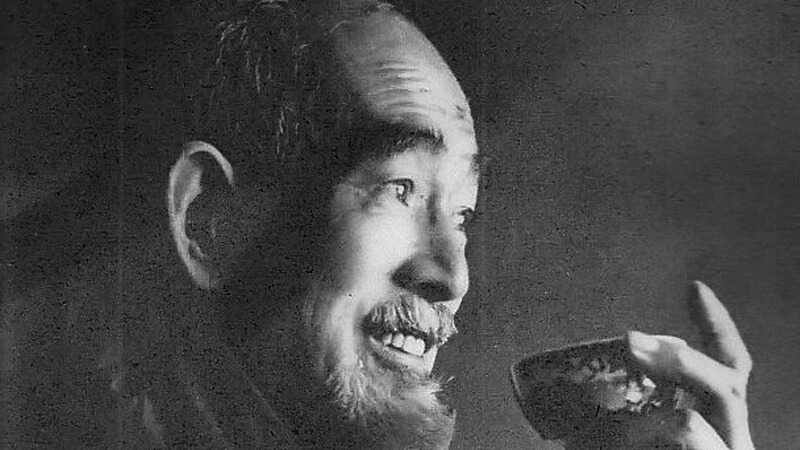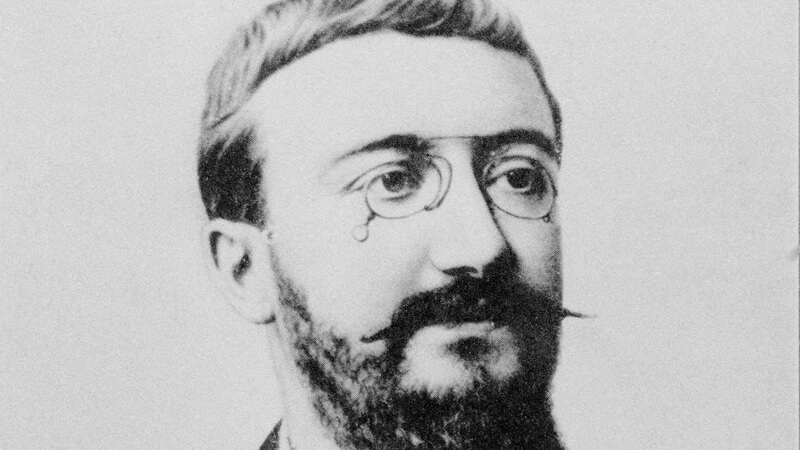Biography of Naoya Shiga: – He grew up in the bosom of a well-to-do family that presumed to descend from the military aristocracy of the Tokugawa era (1600-1867).
His youth was bitter because of clashes with his father, who did not approve of his decision to devote himself to literature, something that was still frowned upon by well-meaning society, or his idealistic humanism, inspired by the ideas of Uchimura Kanzo, convinced apologist of an anti-militarist propaganda and of Christianity without Church.
Biography of Naoya Shiga
- Born:- 20 February 1883, Ishinomaki, Miyagi Prefecture, Japan
- Died:- 21 October 1971, Atami, Shizuoka Prefecture, Japan
- Education:- University of Tokyo
- Literary movement:- I Novel
- Books:- A Dark Night’s Passing, The Paper Door and Other Stories, Reconciliation
- Resting place:- Aoyama Cemetery, Tokyo
The generational contrast between the young exponents of the new Japan, more sensitive to the ideals of freedom and idealism, and the representatives of the society out of the Meiji Restoration (1868), still anchored to “feudal” values, will be one of the recurring themes in his novels.
Site: Biography of Antonio Trueba
However, he left out the analysis of social motivations and focused on the psychological and emotional aspects in which both parties are involved.
In 1910, together with Mushanokoji Saneatsu, Arishima Takeo and others, he founded the magazine Shirakaba, which was published uninterrupted until 1923 and gave a remarkable boost to literary life, acquiring great fame for the idealistic commitment and the humanitarian message of his members.
The valuation of the individual, which remains the essential measure of his problematic, highlighted the creative potential and the spiritual dimension, in clear opposition to the pessimistic and materialistic view in which the naturalist movement of the early nineteenth century seemed to be bogged down.
In the same period, the author received the first recognitions in the literary plane, although his activity of writer had begun previously.
In 1975, more than a hundred fragments of works begun before 1910, which form the basis of later narratives, were published and revealed the constant work of revision, control and linguistic research to which Naoya Shiga was dedicated, which resulted in prose full of sophisticated simplicity and a perfect harmonious structure in their narrations.
His first short stories Koke no toko ( Moss bed ) or Dainamaite ( Dynamite ), both written in 1907, are based on complex histories of tragic background, which are developed in small mining communities, and are entertained in the elaboration of a plot and in the description of experiences not exempt from action.
A structure that appears in later works such as Han no Hanzai ( The crime of Han ), 1913, or Akanishi Kakita ( Akanishi Kakita , 1917), while in Sobo ( Grandma ), written in 1908 and subsequently developed in Aru uses (One morning ), from 1918, raises as an issue a seemingly banal episode: the dispute and reconciliation between the young narrator-protagonist and his sister, events described in keeping with the facts, without the author intervening in the psychological introspection of the characters.
This fact not only represents the first known contribution of the author to the development of the “watakushi shoshetsu”, a genre that had enormous prestige during the nineteenth century, but points out the essential lines of his prose: the presentation of everyday events in the family circle, and linear descriptions, where psychological complexity is expressed with few simple words.
A similar procedure is found in Abashiri made (To Abashiri), 1910, and in many other short stories that consolidated the fame of the writer.
Among them, In Kinosaki (A Kinosaki) and Horibata no sumai (The house on the acequia), of 1923, which represent another phase of evolution. In the first, the protagonist, through the death of three small animals, comes to reflect on the precariousness of one’s own existence and to perceive that the man and the nature that surrounds him are in the same dimension.
In the second, it opts for an existence that emphasizes the relation with nature and animals, even above its own congeners, and only through that relation can it obtain the capacity for a more harmonious integration with human beings.
After Wakai ( Reconciliation ), 1917, which chronicles the reconciliation with the father, which actually occurred in 1917, after years of tensions, began the publication of a long novel, An’ya koro ( The Road to the darkness ) of 1919-1937, to whose composition he dedicated more than twenty years of continuous efforts in the frustrating search for a result that was satisfactory to him.
An’ya koro, which initially had to be developed around the confrontation between father and son, was extended to include elements of greater scope, and a more elaborate plot that reveals the author’s effort to move from an autobiographical “truth” and lead to good port the completion of the novel.
Naoya Shiga was greatly admired by his contemporaries, who paid him the highest accolades and dedicated him the most flattering appellations, and appreciated even by writers, such as Kobayashi Takiji, who were in ideologically more radical positions but who recognized him as a teacher.
He was also credited with refusing to commit himself to pre-war military propaganda, which he always criticized. It was an exponent of a complex narrative, difficult to translate and present outside of Japan.
His great influence on many writers such as Dazai Osamu, with whom he sustained a lively and bitter debate in the postwar years, is a testament to the extent of his personality and his undoubted prestige.




